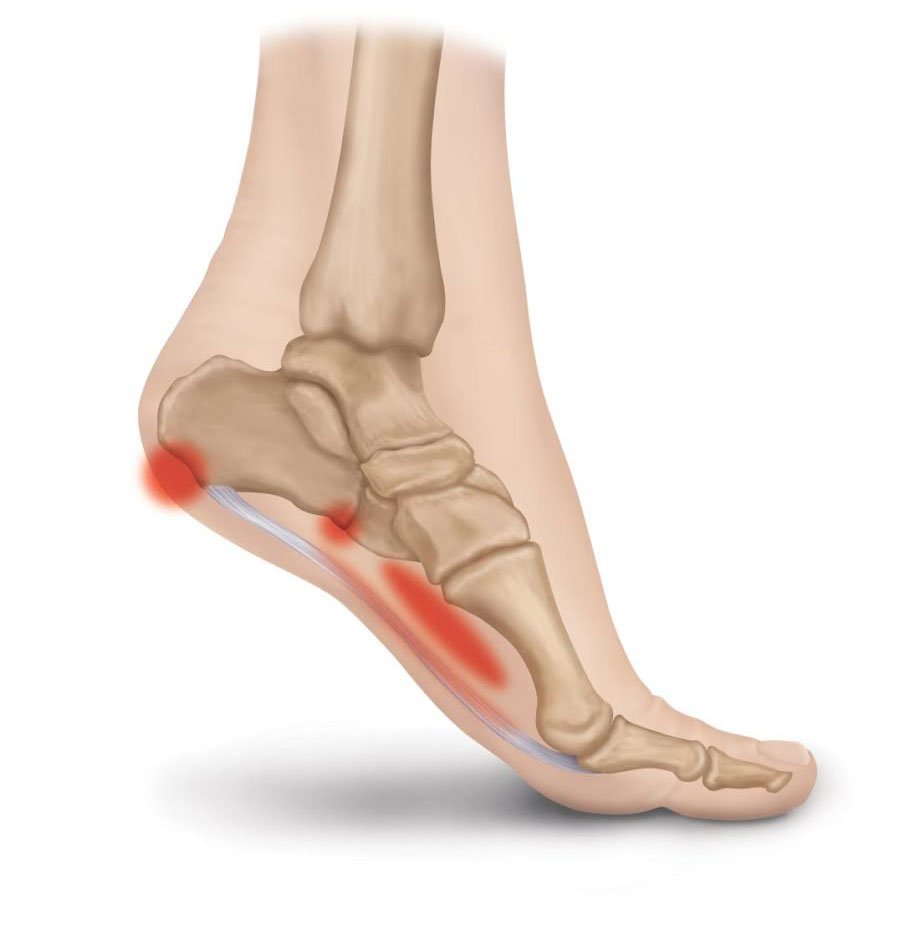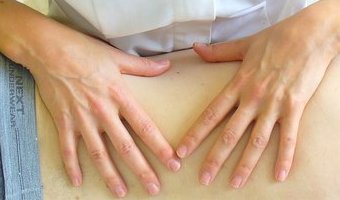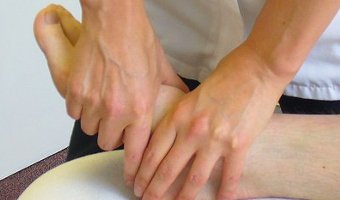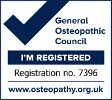Plantar fascitis
The plantar fascia is a tough, fibrous area of connective tissue on the bottom of the foot between the ball of the foot and the heel. The role of this fascial tissue is to support the foot muscles, prevent the over-flattening of the arch of the foot and provide sensory information about the ankle and foot position to the brain.

Plantar fasciitis, occurring when the plantar fascia is inflammed (anything that ends in ‘itis’ means inflammation), usually has a gradual onset with pain being worse in the mornings or when weight bearing on the painful foot or being on your feet for a long time. Over time, the pain is sharp and debilitating in the sole of the foot especially towards the heel. This problem can become chronic if it’s not resolved in the early inflammatory stage. Research shows that the collagen fibres of the fascial connective tissue start to suffer from wear and tear or degeneration as the condition becomes chronic.
Causes of plantar fasciitis:
- Calf muscle tension – particularly if there’s lack of flexibility in the ankle
- Overuse – the plantar fascia is stressed by a suddenly increasing the intensity or duration of walking or running or by being on your feet for prolonged periods
- Weak foot arches or foot shape – those with high arches or flat feet often suffer more
- Poor footwear – thin soles, regularly wearing high heels or wearing shoes which have no arch support or are not cushioned
- Being overweight
- Buttock muscle weakness – gluteus medius is an important buttock muscle which keeps your pelvis level. When it is weak, your pelvis drops down a little and the knee drops in which means that you can’t weight-bear so well through the middle of your foot. Gravity and bodily forces will result in you putting more weight through the inside of your foot, changing your gait and putting extra pressure on your plantar fascia.
- Direct trauma to the plantar fascia – e.g. jumping onto a pointed stone
Treatment of plantar fascitis:
- Osteopathic treatment would involve carefully assessing the biomechanical chain from the foot up to the back (and beyond as appropriate), deciding which areas need addressing and then using various techniques to treat these areas. Advice and exercises would then be given as appropriate.
- Stretching – calf stretches are very important. Here are three calf stretches from the Essential Osteopathy Youtube channel:
- Plantar fascia massage – best done sitting down, you can place a tennis ball under the sole of your foot and gently roll the ball up and down the inside arch of the foot for a minute maximum initially. You may feel a little tenderness to it’s important that you’re gentle. You can increase the time and pressure as the symptoms ease.
- Rest your foot regularly.
- Lose weight if you’re overweight.
- Exercise – cut back or ideally stop weight bearing exercises such as running in favour of biking or swimming for a few weeks while the problem is acute. Warm up properly before and after exercise and make sure you stretch out your calf and hamstring muscles particularly. Avoid exercising on hard surfaces.
- Hot or cold applications – During the initial 5 – 7 day acute period, you can apply ice (frozen peas wrapped in a tea towel works well) to the bottom of the foot and take anti-inflammatory tablets however it’s believed to be more effective to apply heat after this time.
- Wear appropriate footwear and insoles – even if you are making a move towards barefoot or minimal shoes, you need to give your problematic foot a break and provide support with insoles and supportive shoes while the plantar fasciitis is present. You can normally buy insoles from most chemists (brands such as Superfeet are good) and get a treadmill gait analysis at most running or sports shops so that you can find the correct trainer to suit your body.
Why suffer in silence! Seek help from an Osteopath and you’ll be back up-and-running before long.
Find out more or book an appointment by calling the Osteopath, Fiona, at Essential Osteopathy on 0141 278 6063, emailing her fiona@essentialosteopathy.co.uk or visiting the Essential Osteopathy website www.essentialosteopathy.co.uk







